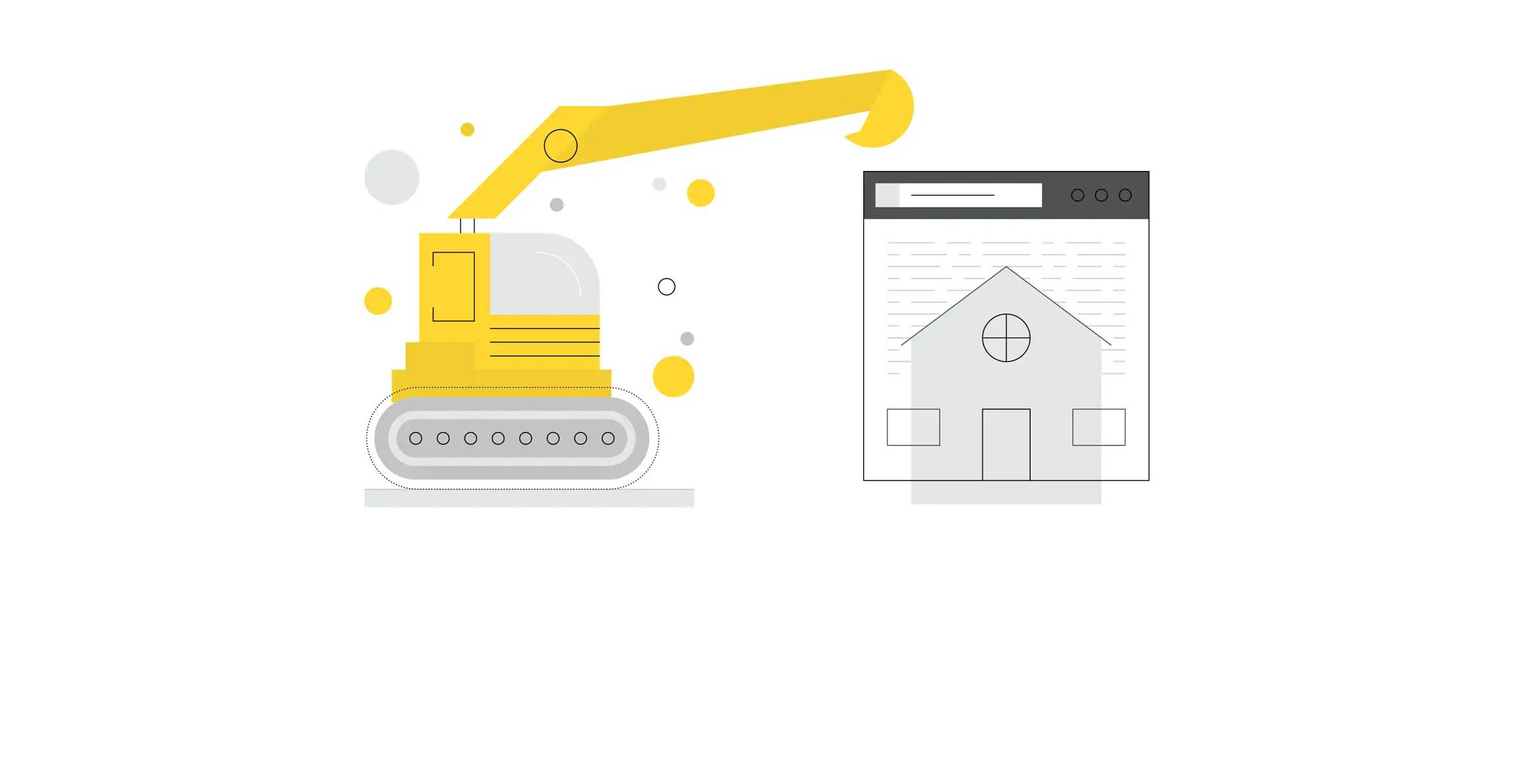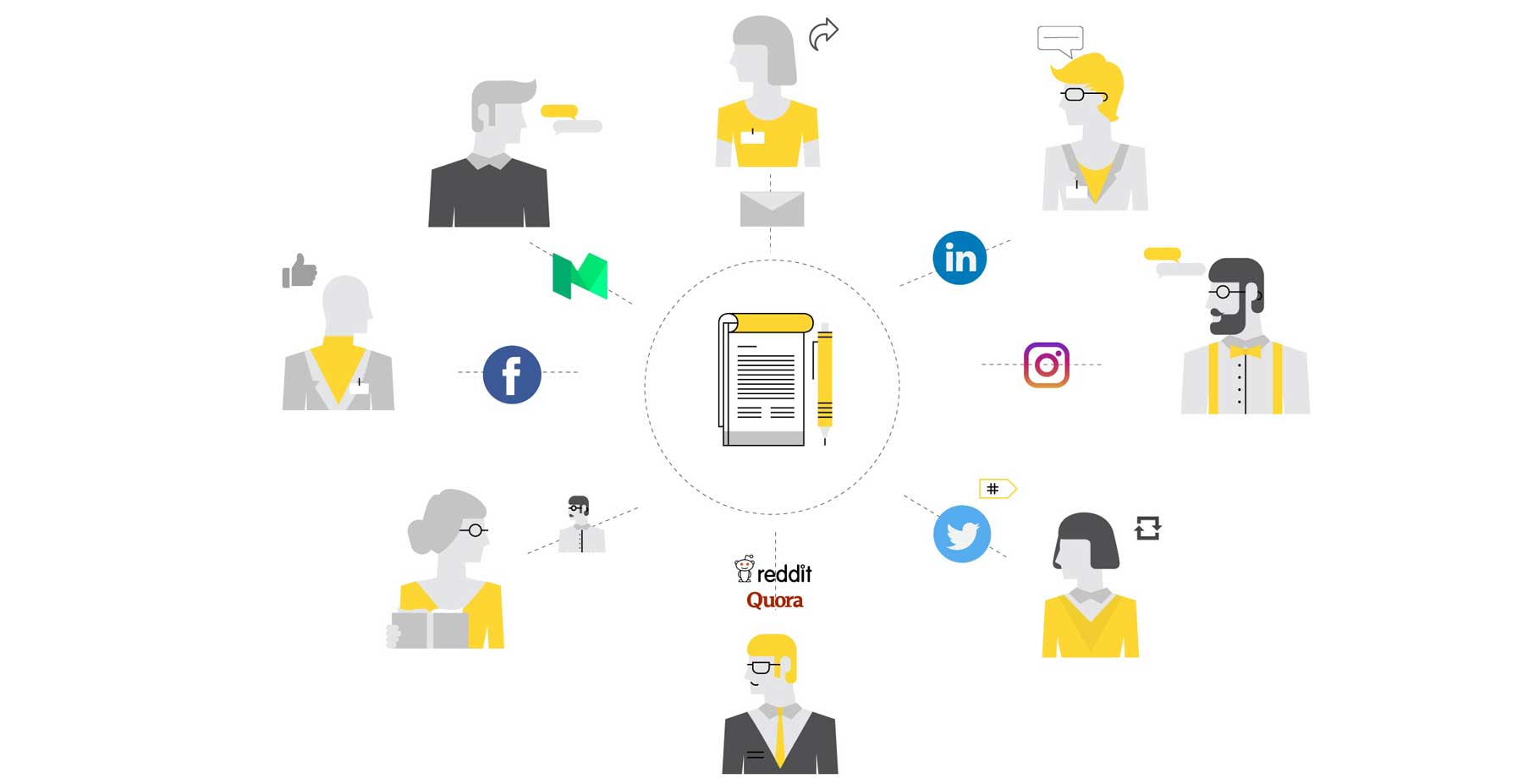A company’s website has a very important purpose: driving traffic, generating leads and converting leads into customers. To achieve this, you need to ensure that it has all the components it needs to drive growth and get results. Whether you are a B2B or B2C company, your website needs to be designed to be a high performing one that is part of your overall marketing strategy.
A website needs to be designed for and speak directly to your intended audience. It must include valuable information that your visitor or buyer wants to learn about at each stage of the buyers journey. Here are 9 website must haves for lead generation for the Saas and Technology Industry to help boost your lead generation efforts and get the return on your website investment.
1. Allocate Sufficient Budget for your Website
Having a well-designed website portrays the professional image you need to gain confidence and trust from your potential customers. It's the hub of your marketing strategy and if designed properly one of the best tools you can have to attract leads.
There are many tools and templates available today that mean almost anyone can create a website. If you want your website to be a lead-generating machine, then it needs to be designed specifically for that purpose. An off-the-shelf website template won’t be designed to target your ideal customers and won’t generate the leads you need to grow your business.
If you don’t have the skills or resources to do this in-house, consider hiring an agency to do the work with you. It's one of the most important investments a business can make.
Click to download our Free eBook on Lead Generation Best Practices
2. Define, and then Design for your Ideal Customer
The first and most important thing you need to do is to define your ideal customer. We call these ‘Buyer Personas’. A buyer persona is a semi-fictional representation of your ideal customer based on market research and real data about your existing customers. When creating your buyer personas, you must include customer demographics, behaviour patterns, motivations, challenges, goals etc.
Without clear Buyer Personas, you won't be able to design a website that attracts qualified leads with relevant, engaging content that addresses what your personas are trying to achieve. You can't create content to help them reach their goals and overcome their challenges.
It's possible that your Product Development or UX teams may have already completed some research into your buyer personas, so check with them before you start! If not, taking the time out to research and put these together will benefit not just Marketing and Sales but many other departments within your company.
3. Put your Unique Value Proposition on the Homepage
When a visitor comes to your site, you want them to be able to see within a few seconds what exactly your company does or how the product you are selling benefits them. Your unique value proposition needs to be at the very top of your homepage above the fold. It should contain
- What do you do?
- Who do you do it for?
- Why do you do it?
- How do you do it?
Providing this information up front will result in more engaged visitors who are more likely to visit other pages on your website.
2 examples of companies that do this really well are:-
Stripe
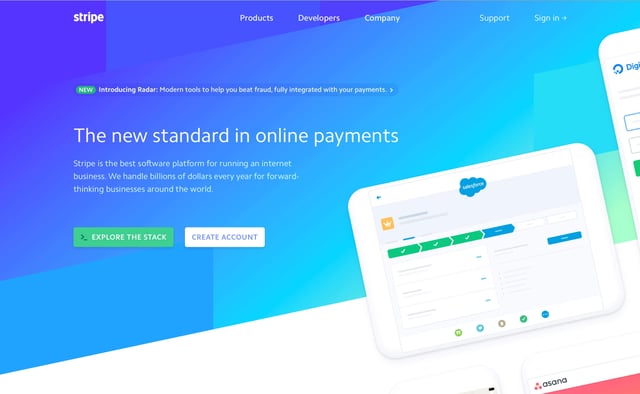
Stripe's UVP makes it very clear that the product they are selling is for online payments for online businesses. With the reference to 'we handle billions of dollars, ' they instil confidence and make it clear that it's a successful global company. They have also included 2 very clear 'Calls to Action', which allow visitors to explore the product further or create an account.
InVision
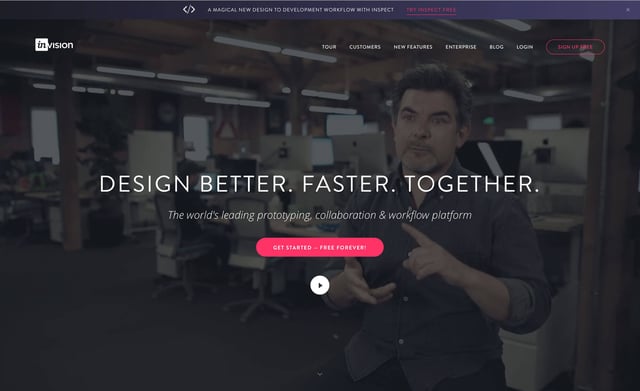
InVision was created for designers by designers. They have used this to promote the product from the outset. It is a rapid prototyping, collaboration and workflow tool. It allows you to efficiently and simply create interactive mockups for your wireframes and designs. During the design process, you can collaborate on and share all the pages and elements with your team or clients for feedback. Their UVP says it all, and very effectively in very few words, followed by a very enticing Call to Action, clearly showing that there is a free option to use their service.
4. Responsive and User-Friendly Design
80% of internet users own a smartphone so it's critical that your website is responsive and easily viewed on any screen size. It’s not good enough for it to look great on a desktop if it’s not usable on a mobile device.
Speed on a mobile device is just as critical. Your website should load in about 3 seconds if you want to keep the visitor on your site. At least 40% of visitors will leave your site if the load time is over 3 seconds.
Use free tools like Google PageSpeed Insights or Pingdom to see how fast your website is loading.
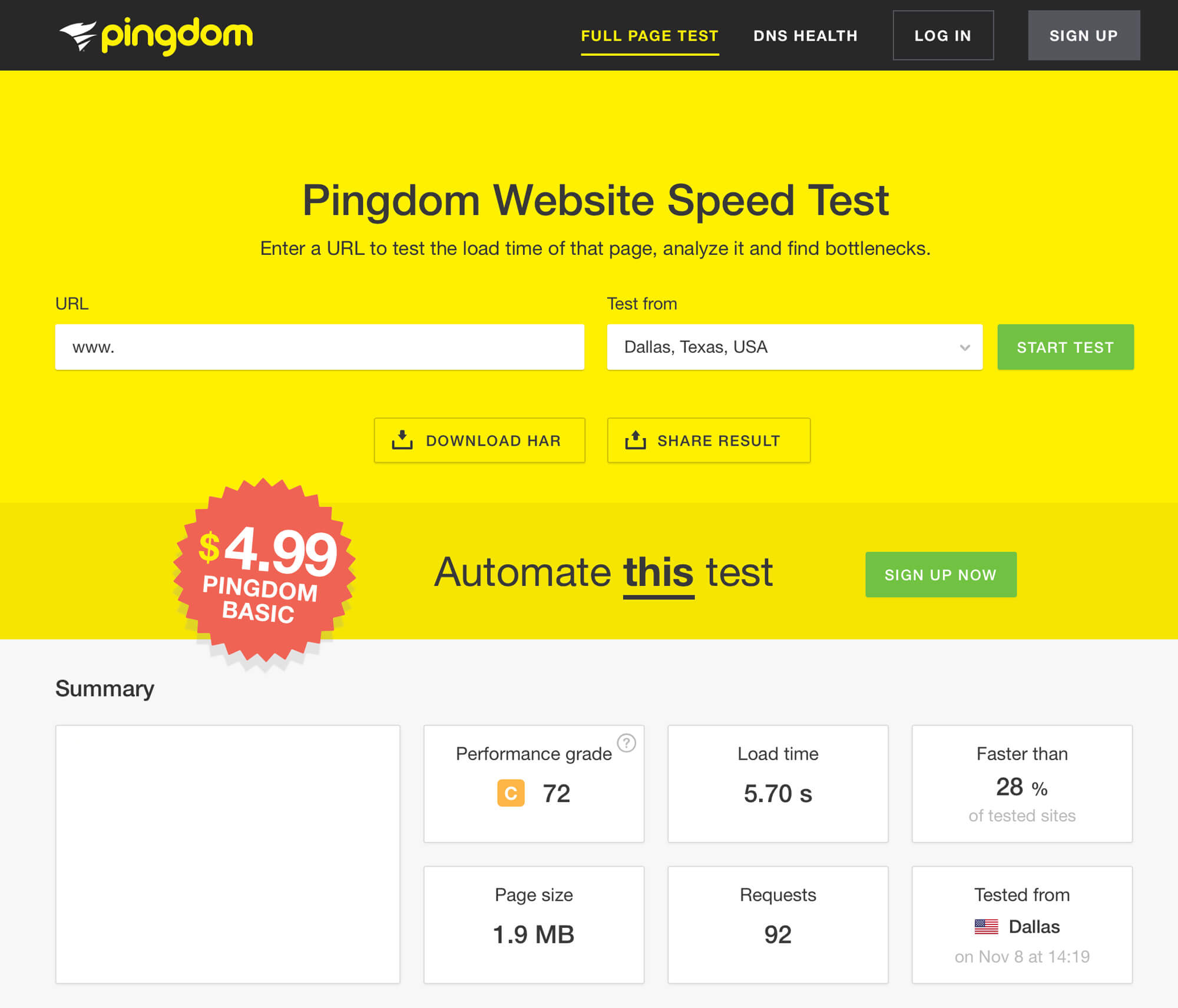
If you think there is a problem and you don't have the resources in-house to fix it then look to an external agency for some help.
5. Think like your Customers when Optimising your Keywords for SEO
Keywords are the words typed into search engines when the searcher is trying to learn more about a topic. When selecting your keywords, put yourself in your customer's shoes, use the language they would use when searching at different stages of the buyer's journey. Talk to existing customers if you can to see how they would search for your product or service. Make sure sufficient effort is put into finding the right keywords and ones that will rank the best. Competitor analysis is a very important part of this, so make sure you identify your top competitors and the keywords they are ranking for as part of your research ahead of designing your website.
When creating content for your website, make sure you optimise the content around these keywords. Then promote your content via Social Media channels to drive potential leads back to your website.
Having the right keywords and using them in website content, blogs etc will help build organic traffic and help you attract highly qualified leads to your website who are more likely to convert and become customers.
6. High-Quality Relevant Content
Content is what drives visitors to your site and turns prospects into leads. Write content that answers your buyer persona's questions, solves their problems or helps with their pain points. Make sure you use your buyer personas and the stage they may be at in the buyer's journey when planning your content.
Use a good mix of written content, high-quality images, photos, videos etc to keep your audience engaged and don't forget to make it easy for them to share content like blogs on social media channels.
7. Blog blog and keep on blogging!
Blogs are absolutely critical for lead generation and your overall marketing strategy. So make sure a blog is included on your website. Blogs are...
- A great way to establish yourself as an industry authority on a subject
- One of the most important ways of attracting leads and driving traffic back to your website (when promoted on Social Media etc.)
- Great for SEO as you can optimise them like your web pages. Google likes to see new content regularly too!
- A great way for you to get some inbound links from other websites or industry champions. High-quality backlinks improve SEO.
- Perfect for including offers at the end of the blog to offer something useful like a free consultation, demo, eBook or template.
Use your buyer personas to plan the topics and content of your blogs, and don't forget to target them to the different stages of the buyer's journey.
8. Set Measurable Goals for your website
Decide upfront what you want your website to achieve. You don’t want to make an investment into building a site without having clear goals in mind about what you want it to accomplish. Once you have goals in place, regularly measure them using metrics to see how successful the site is in achieving these goals.
You can use analytics tools like Google Analytics or marketing software like HubSpot to get metrics and gain insights into how well your website is performing.
9.Make your Website a 'Living' Asset
Finally, your website is not something that you should build and then forget about for 3 years. It's critical for businesses to make their website a ‘living’ asset.
Use the data from your analytics tools to improve lead generation and fine-tune your overall marketing strategy. Review what's working and what's not. e.g. If you have a high bounce rate on a particular page, you may want to revisit the design and content included on that page to reduce the bounce rate and better engage people.
Get regular feedback and, most importantly, act on the insights that these methods provide. This is key to its success and building a website to position you for growth.
Key takeaways
In summary, 9 of the key must-haves for your SaaS or Technology website are
- Allocate Sufficient Budget for your Website
- Define, and then Design for your Ideal Customer
- Put your Unique Value Proposition on the Homepage
- Responsive and User Friendly Design
- Think like your customers when optimising your keywords for SEO
- High quality Relevant Content is key to lead generation
- Blog, blog and keep on blogging!
- Set measurable goals for your website
- Make your website a ‘living’ asset and act upon insights
We hope that you find the above helpful. If you would like to read about more in-depth tips and tricks, then download our eBook 'Online Lead Generation Best Practices''

